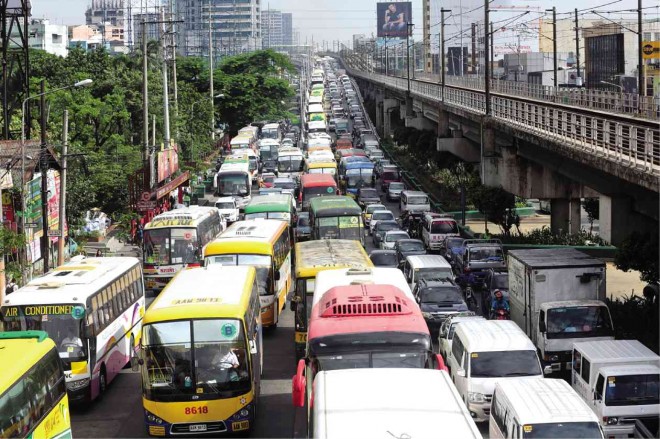Starting September, public utility buses (PUBs) are required to have a global positioning system (GPS) device that can detect the vehicle’s location as well as its speed.
In a recent memorandum circular, the Land Transportation Franchising and Regulatory Board (LTFRB) required all bus operators to install and register GPS devices on their units starting September 1, 2015 to January 31, 2016 for provincial buses entering Metro Manila; January 1, 2016 to April 30, 2016 for Metro Manila city buses; April 1, 2016 to July 31, 2016 for inter-regional buses not entering Metro Manila; and July 1, 2016 to October 31, 2016 for intra-regional buses.
Only GPS devices procured from providers accredited by the LTFRB can be enrolled or registered. Installation of the GPS devices by the accredited provider will be done under LTFRB supervision.
The GPS will be able to send data to a server that will enable the LTFRB to determine whether the unit is following its authorized route, and maintaining the prescribed speed limit. The current speed limit along expressways is 80 kilometers per hour, while in urban areas 60 kilometers per hour.
“The Board’s main aim is to protect the safety of the riding public by regulating the speed limit of buses traversing our national roads and highways. With the use of latest and innovative technology, we believe we can modernize our transport system and provide the commuters with reliable, convenient and safe transportation services,” LTFRB chair Winston Ginez said, in a statement sent on Sunday.
After the deadline for installation, bus operators will be fined P5,000 for every unit without a GPS device. Afterwards, for every month that they still fail to comply, they will also face an additional P1,000 fine per unit.
The LTRFB will also penalize operators or drivers discovered tampering with the GPS device: P5,000 for the first offense, P10,000 for the second offense, and P15,000 for third and subsequent offenses, which will include the suspension of the bus line’s franchise for 30 days.
